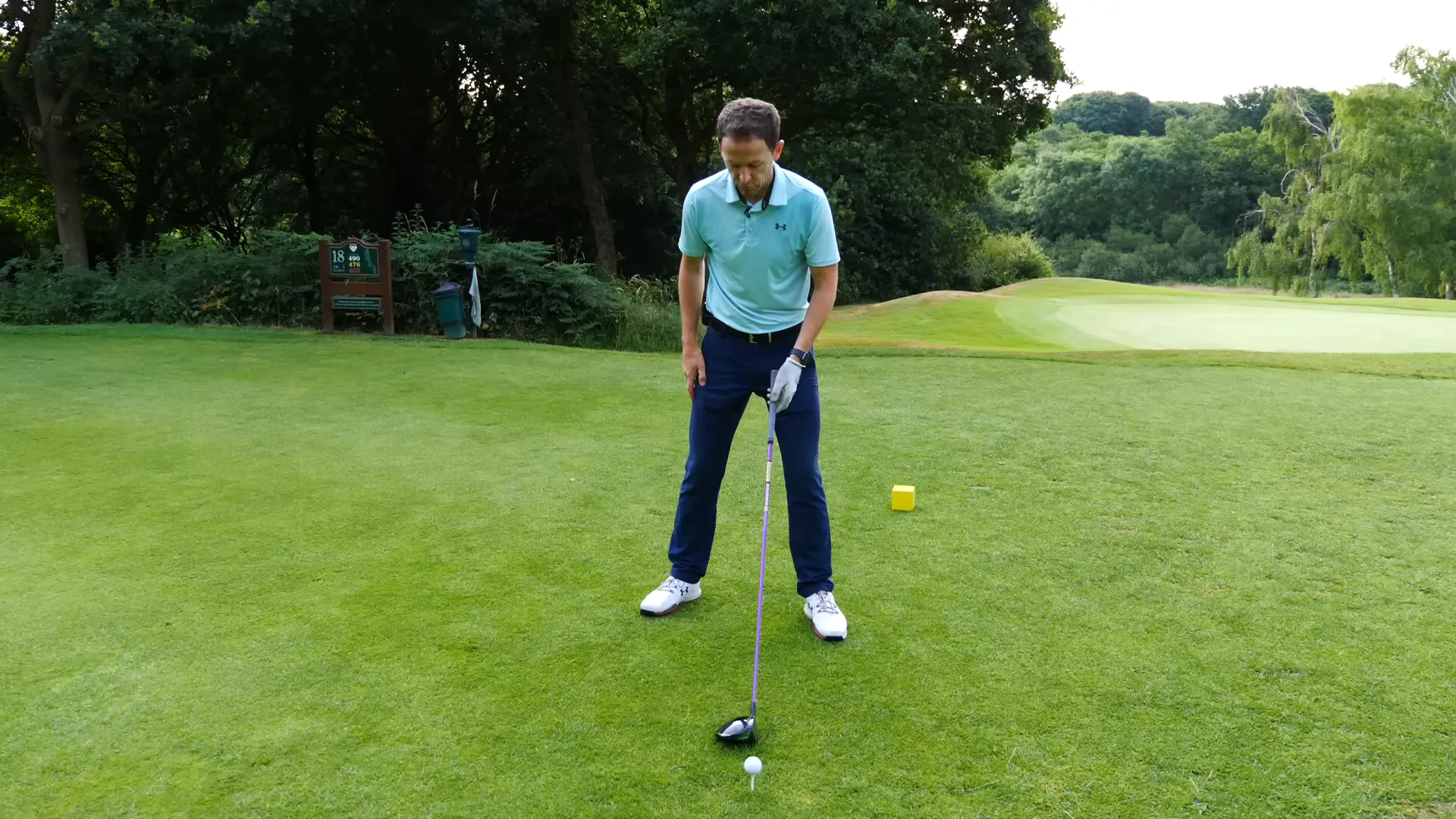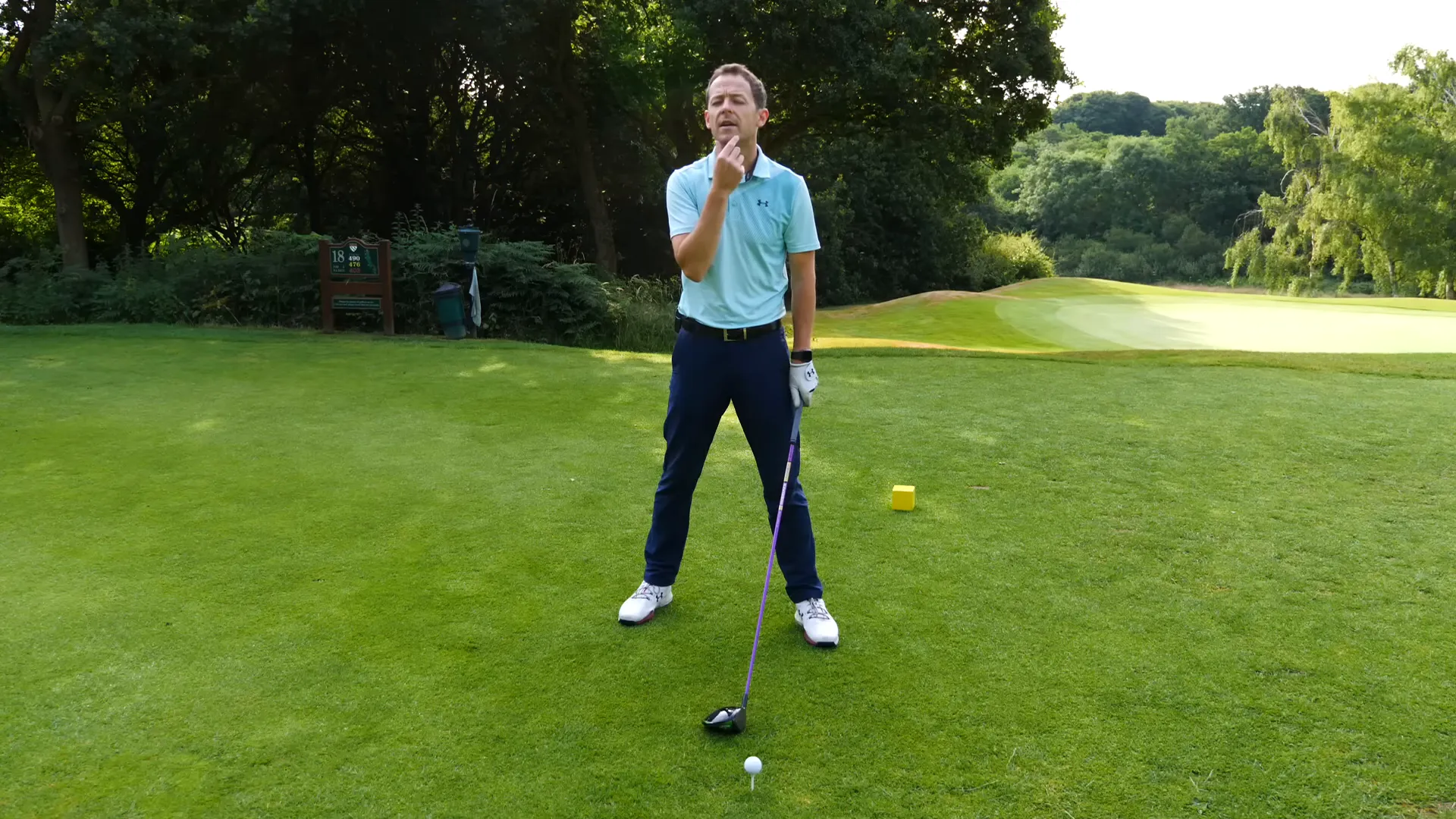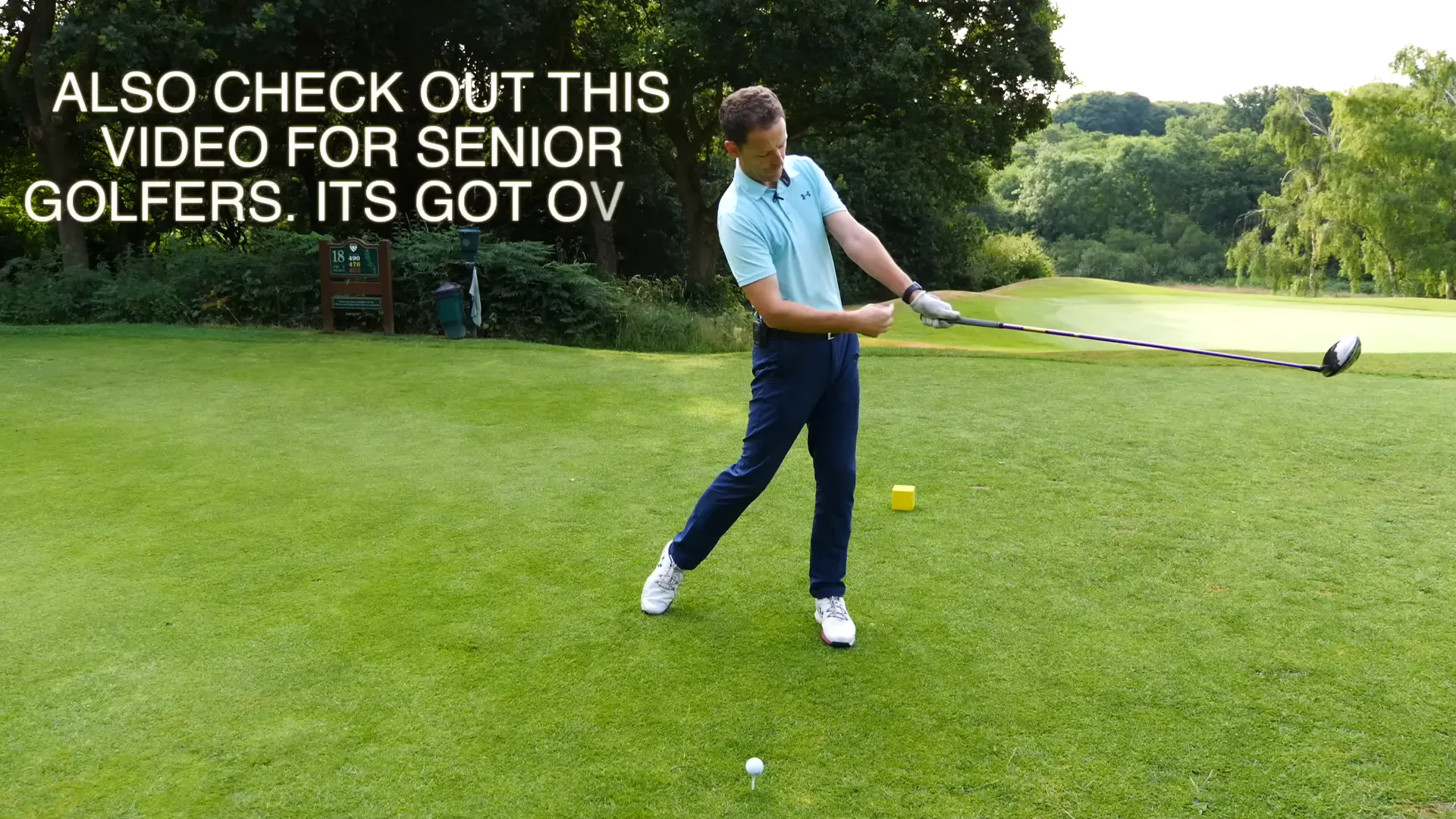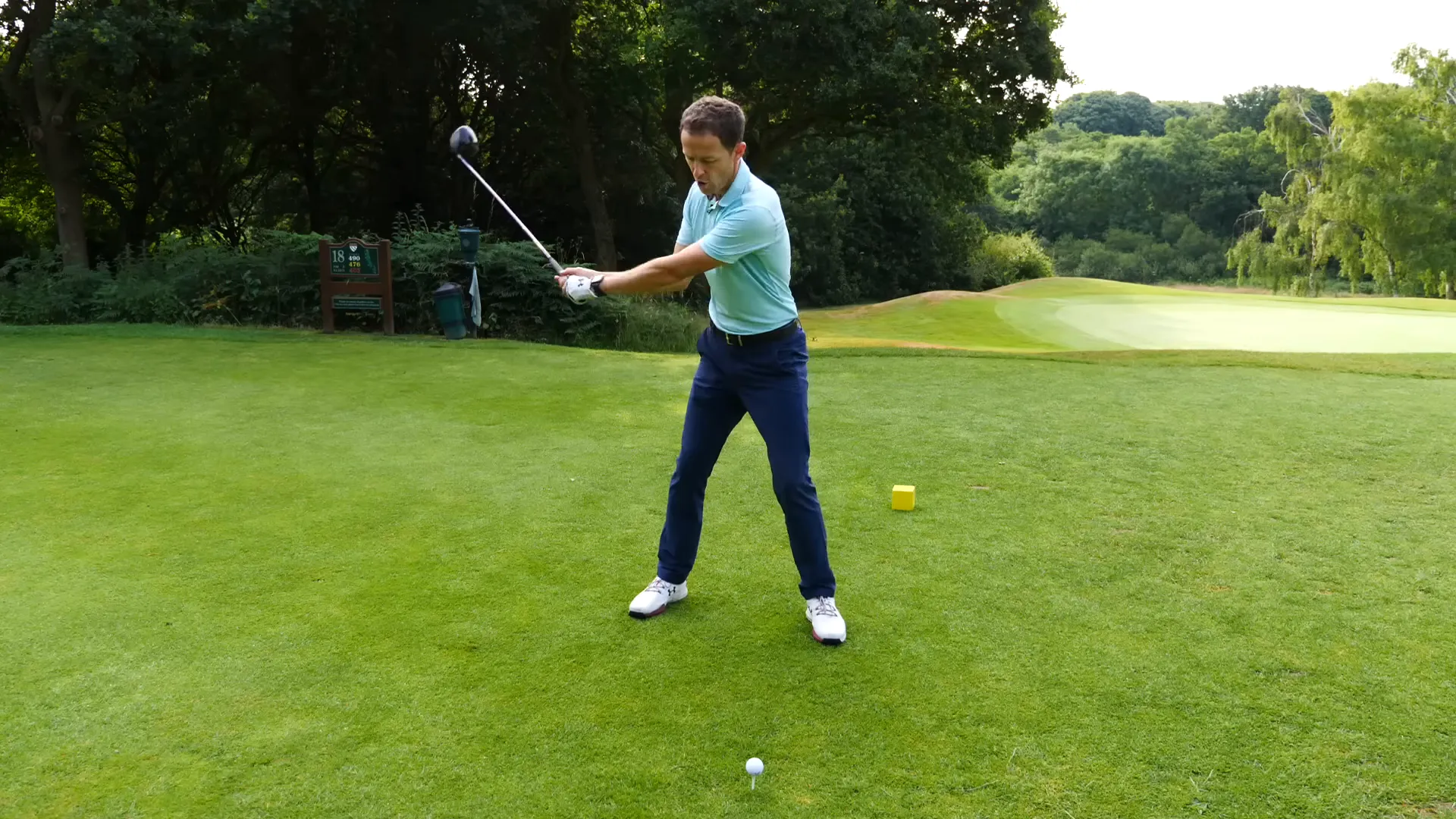Understanding the Challenges
Storing Power for a Better Swing
The first step to improving your golf swing is learning how to store power effectively. This involves making adjustments to your stance to accommodate your body’s needs. For many senior golfers, drawing the right foot back slightly and flaring it out can free up the hip and allow for a more significant turn. This adjustment not only enhances mobility but also promotes a more coordinated motion during the swing.

Many golfers tend to rely on their hands and arms when taking the club back due to limited torso movement. To combat this, focus on using your body to initiate the swing. By allowing your head to move and keeping your eyes on the ball with your lead eye, you’ll gain additional flexibility in your neck, hips, and knees. This holistic approach to your swing will lead to better accuracy and power.

Releasing the Club for Maximum Power
Once you’ve successfully stored power in your swing, the next step is learning how to release that energy effectively. A common issue is restricted hip rotation, which can make it difficult to follow through after the swing. By practicing a release that focuses on pointing the clubface down towards the ground, you can achieve a powerful and coordinated motion without straining your body.

Visualizing the desired shot shape, such as a right-to-left movement, can also help in executing a smoother swing. This technique is particularly beneficial for senior golfers who may struggle with slicing the ball. By focusing on releasing the club earlier and allowing your right heel to come off the ground, you can create a more natural flow in your swing.

Key Adjustments for Improved Performance
To summarize the essential tips for senior golfers:
- Adjust Your Stance: Move your right foot back and flare it out to enhance mobility and allow for better hip rotation.
- Allow Head Movement: Tilt your head to improve flexibility in your neck while keeping your eyes on the ball.
- Practice Releasing the Club: Focus on pointing the clubface down towards the ground during the release to achieve a smoother swing.
- Visualize Your Shots: Picture the shape of the shot you want to hit, which can help in executing better swings.
- Be Mindful of Your Body: Listen to your body and make adjustments as needed to reduce strain and improve comfort.
Additional Tips for Longevity in Golf
Improving your golf game as a senior golfer is not just about technique; it’s also about ensuring longevity in the sport. Here are some additional tips to keep in mind:
- Stay Active: Engage in regular physical activity to maintain strength and flexibility. Activities like stretching, yoga, or swimming can be beneficial.
- Invest in Proper Equipment: Custom-fitted clubs that suit your current abilities can significantly improve your game.
- Practice Regularly: Consistent practice helps reinforce good habits while building muscle memory.
- Seek Professional Guidance: Consider taking lessons from a golf professional who understands the unique needs of senior golfers.
Conclusion
Golf is a lifelong sport that can be enjoyed at any age. By implementing these tips and making necessary adjustments, senior golfers can continue to play the game they love while minimizing discomfort and maximizing performance. Remember to listen to your body and adapt your approach as needed. With dedication and practice, you can keep improving your game, regardless of age.
So, get out there and enjoy the course! Your best golf days may still be ahead of you.

0 Comments